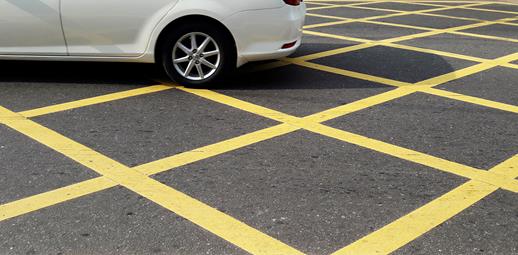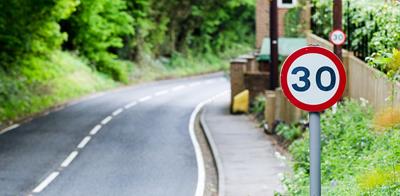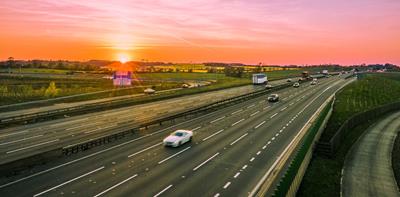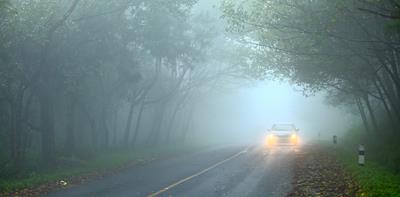
Even if you’re a confident driver who spends a lot of time behind the wheel, there are some common road rules you may have forgotten or just aren’t sure about.
It’s worth having a leaf through the Highway Code every now and then to refresh your knowledge. But in the meantime, here are five common driving scenarios that can cause confusion.
Waiting at a Box junction
Box junctions, which you’ll recognise from the criss-cross yellow lines painted on the road, are usually found at the junction of two or more roads. They’re intended to keep the junction clear and keep the traffic flowing.
If you’re driving straight ahead, or exiting left, only enter the box if you can clear it completely without stopping. If it’s busy and another vehicle is waiting on the box, then hang back until it’s clear.
The rules are different if you want to turn right. In this case, you can stop in the box if you’re prevented from turning by oncoming traffic, or by other vehicles waiting to turn right.
Merging when two lanes become one
When a dual carriageway narrows to one lane, should everyone move over early and politely wait in line on the left? Or should vehicles make the most of both lanes, and only merge at the point at which the roads actually become one?
This second option, known as ‘zip-merging’, can rile some drivers who think it best for everyone to wait their turn in the left-hand lane. But if everyone moves over early, it doesn’t make the best use of both lanes.
The Highway code isn’t totally clear on this, saying "merging in turn is recommended but only if safe and appropriate when vehicles are travelling at a very low speed”. But the RAC’s view on zip-merging is that two lanes of slow-moving traffic are better than one.
Stopping at Zebra Crossings
Several surveys of drivers and pedestrians have shown utter confusion about the rules surrounding different types of pedestrian crossings. This includes when cars need to stop at Zebra Crossings.
The answer is that by law vehicles must stop to allow a pedestrian to cross if the person has already set foot on the zebra crossing. But drivers also need to look out for pedestrians waiting to cross and be ready to slow down or stop to let them cross.
Pulling over for emergency vehicles
If an emergency vehicle is approaching from behind, with its emergency warning signals on, then the Highway Code is clear on what to do: “Take appropriate action to let it pass, while complying with all traffic signs. If necessary, pull to the side of the road and stop, but try to avoid stopping before the brow of a hill, a bend or narrow section of road”.
It adds: “Do not endanger yourself, other road users or pedestrians and avoid mounting the kerb. Do not brake harshly on approach to a junction or roundabout, as a following vehicle may not have the same view as you.”
If you’re waiting at a red traffic light, you should try and pull to the side of the road. The Police say that if you cross the line at a red light then “the onus will be on you to provide evidence that you did so to allow an emergency vehicle through, and this may be considered as mitigation”.
Driving on bus lanes
The basic rule is that you must stay out of bus lanes during their hours of operation, which are shown on blue signs. Outside of those hours, you can use the bus lane, as long as it’s safe to do so.
This can get confusing as buses operate at different times of day. If there are no times shown on the blue signs, then assume the lane is out of bounds 24 hours a day.
Also, in some cases only buses are allowed to use bus lanes, while in other cases bicycles, taxis or other road users are allowed on them. Again, look out for the blue sign.
If you’re caught on CCTV using a bus lane when you shouldn’t, then you may have to pay a fine. So if in doubt, it’s probably best to stay out of the bus lane.
No £25 admin fee
When you update your policy online, e.g. amend driver, address or car details.


